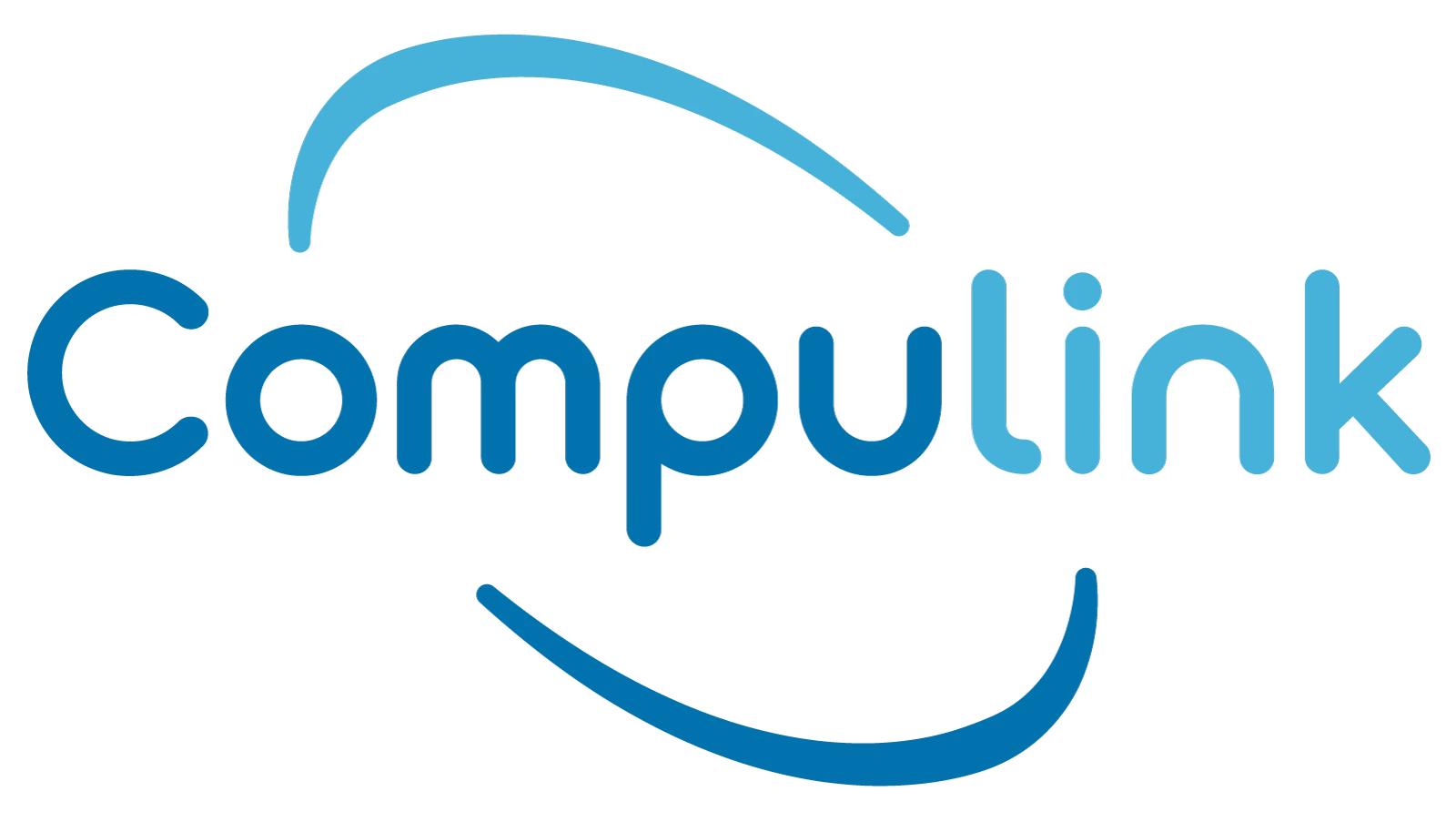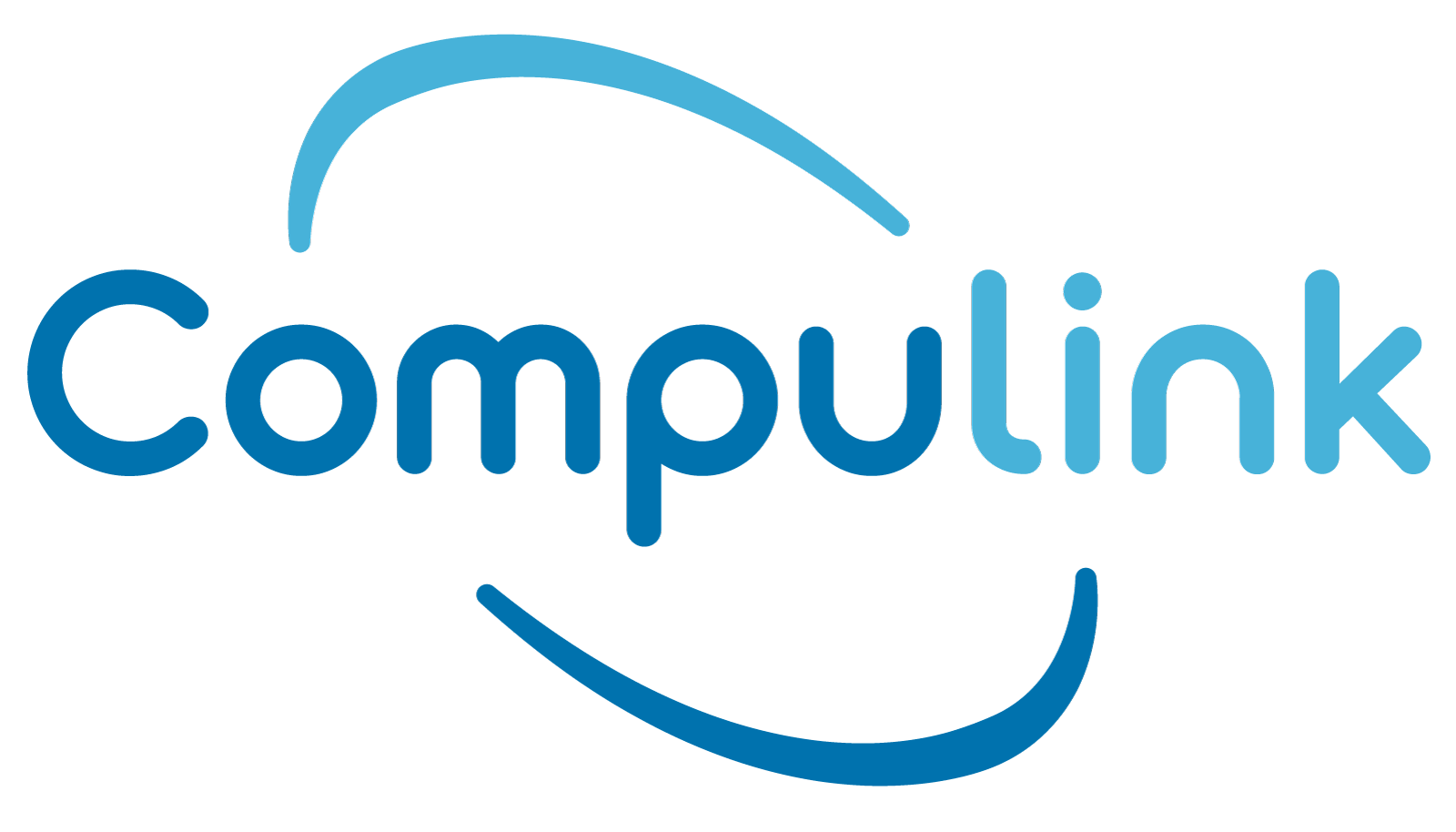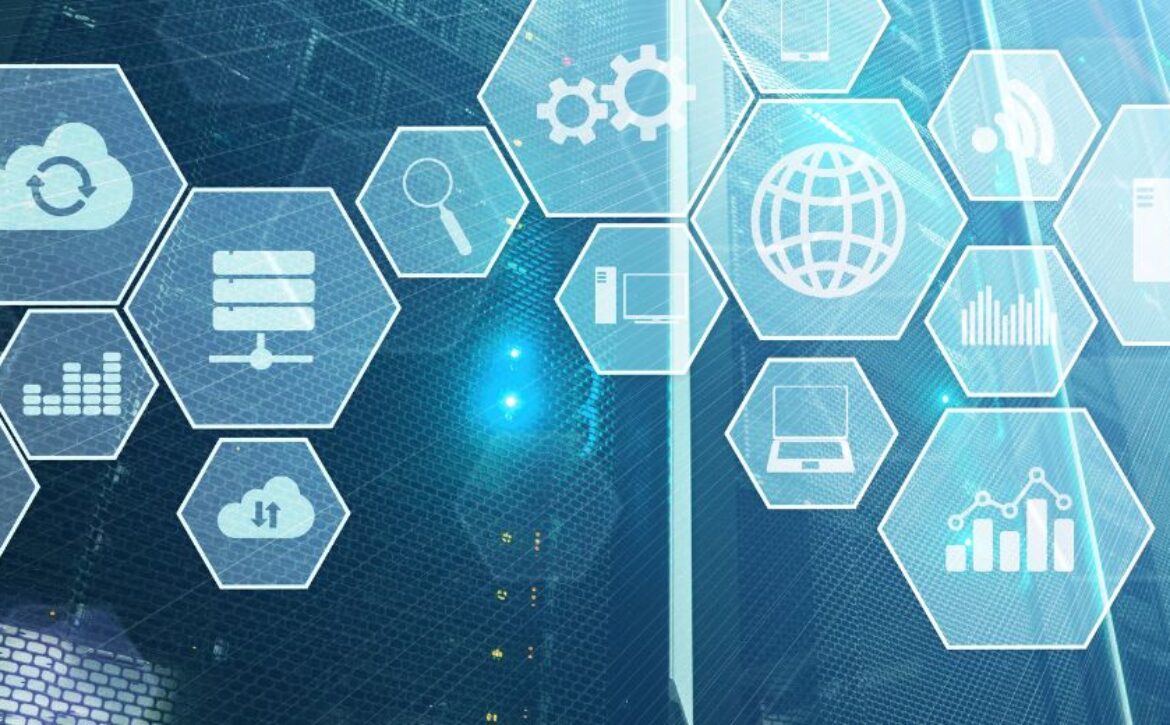This article was originally published on Cisco. Click here to view the original article. Compulink is a certified Cisco partner.
As organizations hammer out their strategies for a hybrid future of work that’s fast becoming the present, there are still many unknowns.
For many, hybrid work is going to be hard. It’s going to be messy. Strategies and solutions will have to evolve through trial and error.
But there are some things we do know. Leadership and culture will play key roles, and digital infrastructure will form the very foundation of the hybrid-work experience.
At Cisco we believe work is not where you go, it’s what you do. That’s why we’re flexible on the numbers of days in — or out — of the office. In fact, pre-pandemic only a third of our employees were in the office full time, so we’ve long been a hybrid-first company. This puts Cisco, and our technologies, in a unique position to help other organizations advance their hybrid work strategies.
We view powering hybrid work in two distinct ways: enabling a Hybrid Workforce and transforming Hybrid Workspaces. Enabling a Hybrid Workforce means providing secure access and collaboration from anywhere, anytime. Transforming your Hybrid Workspace only happens when networking, security, and collaboration tools come together to enhance health and well-being, safety, and efficiencies.
As Cisco helps organizations reimagine and redesign their workforces and workspaces, a central question emerges: What are the infrastructure imperatives for powering hybrid work today and into the future?
We believe customers will benefit most from focusing on three areas:
- Powering Teams
- Securing your Enterprise
- Transforming your Infrastructure
Powering teams and hybrid work through inclusive experiences
In any approach to hybrid work, people need to connect with seamless, secure, and smart technology. Without it, hybrid work simply doesn’t happen.
We’re on the threshold of a new world. The phrase “return to office” is a misnomer because the office is forever changed. The workforces that use offices will be different from those of 18 months ago. And they’ll use the physical space differently.
According to a recent survey of our own employees, about one in four Cisco employees wants to work in an office three or more days a week once offices reopen (compared to two-thirds who worked in an office with that frequency before the pandemic).
In the future of work, every employee will be hybrid — and equally deserving of the same experience no matter where they work, be it in the office, at home, in a car or a coffee shop. People-first and flexible are the collaboration watchwords of the moment. And for us, that starts with embedding inclusion into our collaboration platform.
Cisco’s powerful Webex tool is a cornerstone of the hybrid-work future, and since last year, it’s incorporated more than 800 new innovations. To name but a few, these include real-time translation from English into 108 languages; background-noise reduction; gesture recognition; and insights to help employees manage their well-being and productivity and to ensure that every voice is heard and valued. Many of these new features incorporate AI and machine learning to create an entirely new experience for the user, one that’s simple, seamless, and inclusive.
Hardware innovations such as the Webex Desk Pro and Webex Desk Camera play a key role as well; among many other features, they are harnessing AI to reduce meeting fatigue for frontline employees working from home.
Secure by design, private by default
Without security, the hybrid-work future will never succeed. With it, we can create a future of work that’s more inclusive, more connected, and more collaborative than anything that came before.
But in the hybrid-work environment, employees and devices can be anywhere, moving in and out of company networks. And complexity mounts when managing security across an expanded attack surface of users, devices, applications, and data.
Cisco’s strategy is to make powerful security simple for our customers. And we put security at the forefront of every discussion, design, and strategy — whether we’re focusing on privacy, collaboration, or application performance.
Cisco’s solutions unify user and device protection at scale, making it easy to verify, enable secure access, and defend remote workers. And we build a unified platform, SecureX, into every security product. This helps customers connect our integrated security portfolio and existing security infrastructure to provide simplicity, visibility, and efficiency.
We are also bringing networking and security technologies to the cloud. Our goal is to help customers seamlessly and securely access the applications they use every day, from whatever device they choose to use, and from wherever they choose to work. Cisco is delivering on our secure access service edge (SASE) vision to combine best-in-class networking, security, and more into a single subscription service with observability to the edges of the network.
Our customers benefit from having security built-in — not bolted on — to every product and solution we offer. That, of course, includes Webex. In a collaboration-industry first, we recently introduced zero-trust security into Webex. This demands certification from every meeting participant and device before gaining entrance to a call. And we’re taking the friction out of security with passwordless and multifactor authentication, adding to our existing end-to-end encryption.
At Cisco, we believe that privacy is a basic human right. That philosophy informs all our technology and products from highly secure networking tools to Webex. Our new People Insights platform, for example, shares metrics and productivity goals with the individual Webex user, never the organization. And Webex noise reduction and virtual backgrounds can ease the stress of working in sensitive home situations.
Transform your infrastructure through a modern network
The in-office experience isn’t the only thing that’s changed forever. Before the pandemic, IT would sometimes balk at addressing work-from-home issues. It wasn’t really their responsibility, and many wondered why workers didn’t just return to the office.
No more. In the world of hybrid work, the home office needs to be just as connected. And the virtual experience needs to be as good or better than in-person. Employee productivity depends on their interaction with applications, and the application experience depends heavily on network performance.
That’s why, no matter where employees are, Cisco uses the same solutions to monitor network and application performance. These include tools like ThousandEyes, which provides end-to-end visibility from user to application whether connections are over home broadband or the corporate network.
It’s also why offerings like Meraki teleworker gateways are so key to hybrid work. They can provide seamless, secure connections extending an enterprise network into the home, while providing cellular backup delivering real redundancy for mission critical work.
Our partnership with communication service provider (CSP) customers around the world is also fundamental to transforming the network. We are helping them to maintain the health of the internet and deliver quality connectivity to as many people and businesses as possible.
And with our innovations and guidance, CSPs draw closer to their goals of guaranteeing connectivity speeds (potentially zero data caps) during congested times; delivering trusted connection options with built-in security services to protect IP; robust consumer grade SD-WAN solutions (home internet via always-on wireline connection through DSL, cable, or fiber); and always-on mobile connections (LTE, 5G).
Modern networking equipment is also transforming the in-office experience — for example, by ensuring compliance with health and safety policies.
Technologies like Cisco’s wireless access points, DNA Spaces (our location and Internet of Things platform) and Meraki IoT devices, cameras, and sensors all contribute to a safer working environment. They can monitor temperature, lighting, humidity, and ambient noise levels, and control these areas with integrations to HVAC and other office systems. At the same time, they can track the real-time occupancy of workspaces and issue alerts when occupancy thresholds are reached.
Webex can also help you find available desks and meeting rooms. Upon entering a room, Webex automatically awakens to launch a meeting, without a single push of a button or swipe of a touchpad.
The smart, sustainable office of the future
The hybrid future of work demands that we reimagine the hybrid workforce and the hybrid workspace.
In addition to ensuring a safe return to office, we enable customers to rethink how they use space by identifying which workspaces are overused or underused and enabling real-time adjustments accordingly.
For example, IOT technology can make offices more efficient for workers and more power efficient. Environmental sensors can help control HVAC usage, cameras can help us better utilize square footage efficiently and technologies like POE lighting can help us control energy usage while delivering a better overall employee experience.
Looking further, we will merge hybrid work and sustainable building design for customers. That means developing sustainable and regenerative products and designing energy-efficient and carbon-reducing buildings.
Imagine that! A hybrid future of world with sustainability at its core, leading to work experiences that are inspiring to employees and that help attract top talent.
Moving forward, we have an opportunity to build something even better: a future of work that’s more inclusive, creative, and fun than ever before. With a virtual experience that’s even better than face to face. And a hybrid workforce that blends seamlessly with the hybrid workspace, whether in the office or from thousands of miles away.
We look forward to partnering with our customers on what promises to be an exciting journey!











